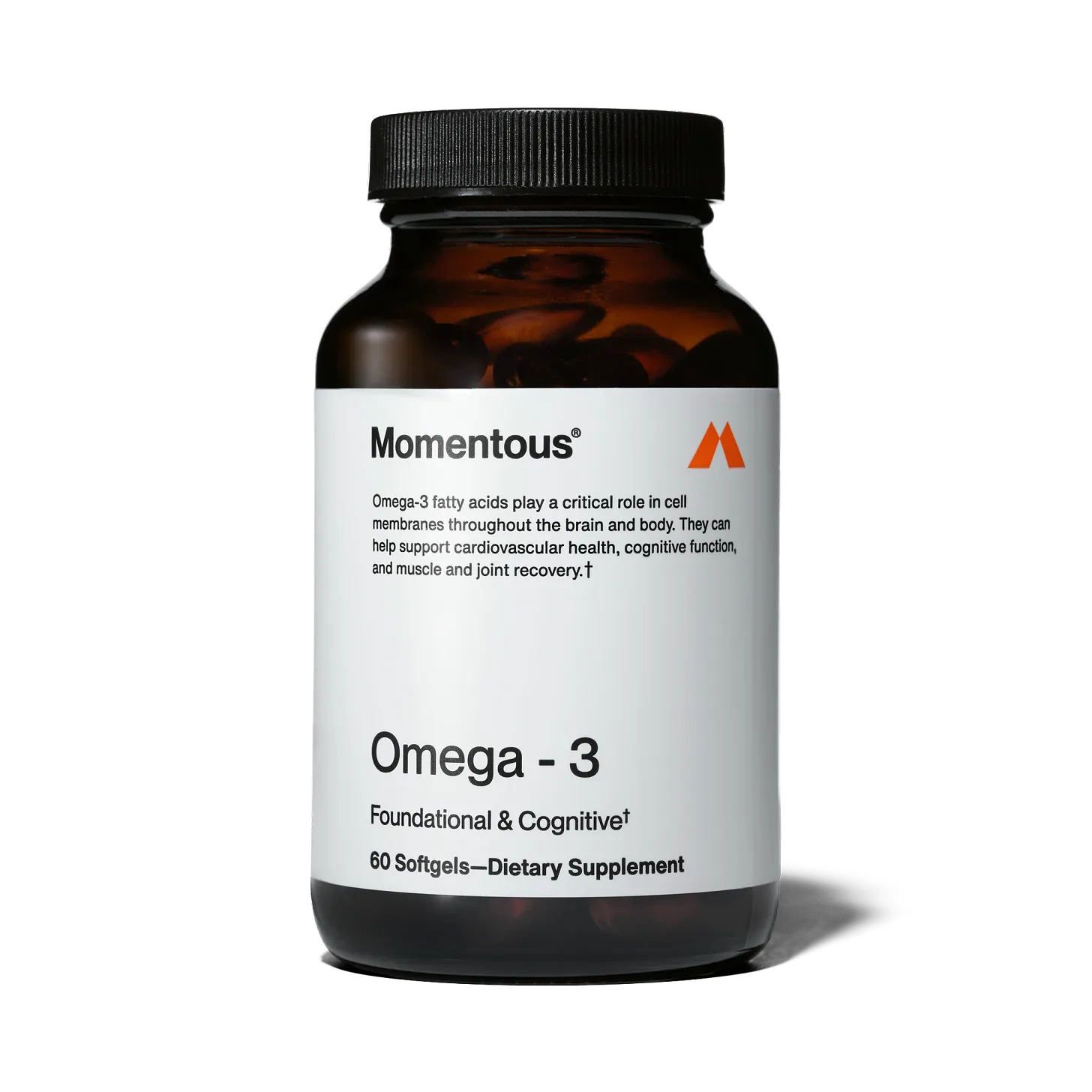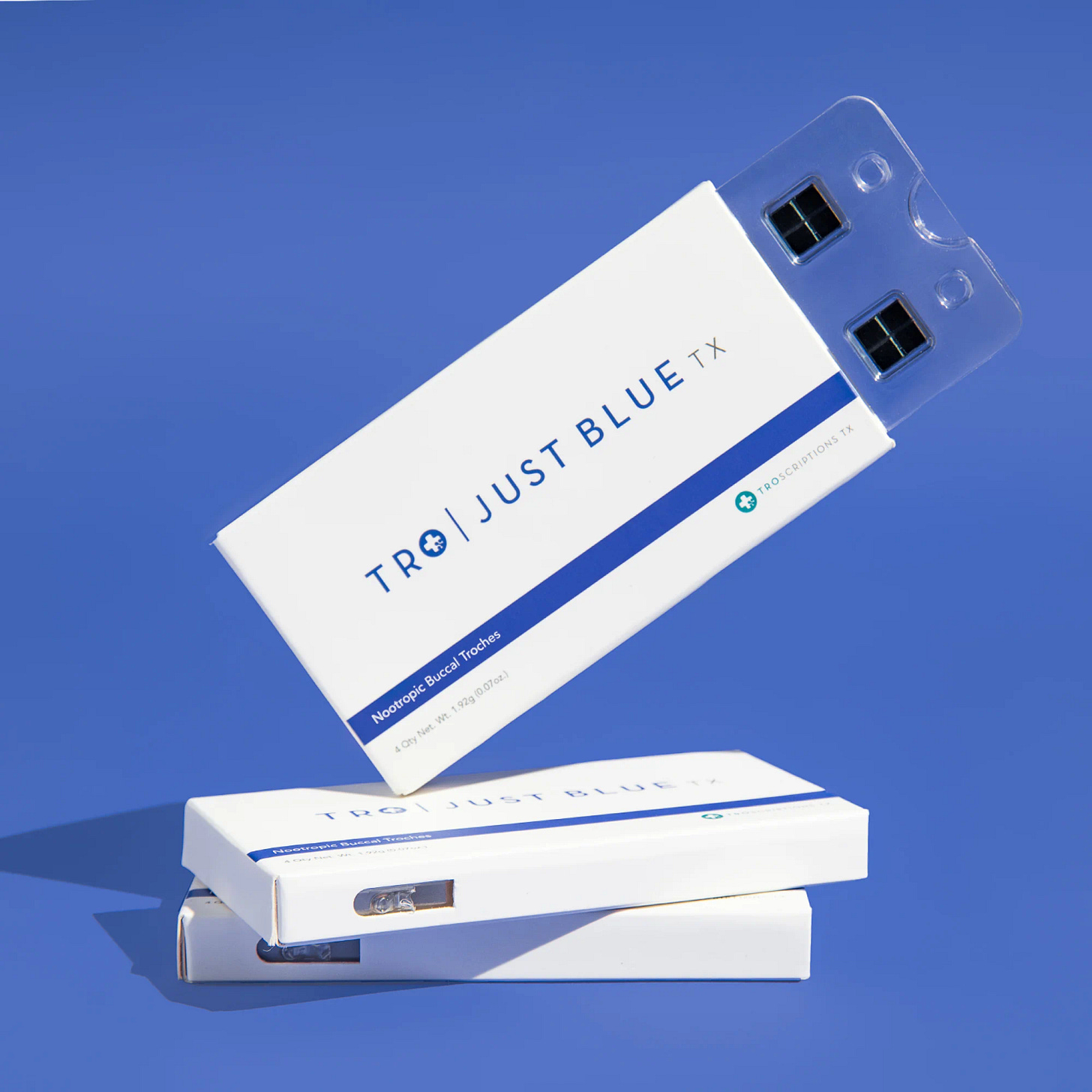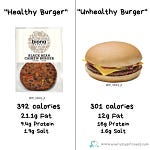Neuro Athletics is a 2 x weekly newsletter that breaks down the medical and scientific practises that you need to perform at your peak. Subscribers include professional athletes, athletic trainers, coaches and casual fans. So if you are not already a subscriber, sign up and join 69,000+ others who receive it directly in their inbox each
Story at a Glance:
Methylene Blue boosts brain energy by bypassing damaged mitochondrial complexes.
At low doses, it enhances memory and cognitive function—at high doses, it's dangerous.
This guide breaks down the science, protocol, and risks to help you use it intelligently.
Neuro Athletes,
You know what drives me mad?
When molecules with real scientific promise get dismissed as “toxic” — not because of data, but because someone heard a biohacker on TikTok mispronounce "mitochondria."
Methylene Blue is one of the most controversial compounds in brain optimization today. Probably because a viral video that appears to show Robert F. Kennedy Jr. adding blue liquid to a drink has the internet buzzing about methylene blue.
Some call it snake oil. Others call it mitochondrial gold. As always, the truth lives in the mechanism, not the meme.
Is it safe? Is it dangerous? Is it FDA-approved? Is it a dye? Yes, yes, no, and yes.
And most importantly: does it actually do anything for your brain?
That’s what this issue is about. I’m diving into the mechanism of action, clinical evidence, and biohacker misuse of methylene blue — and I’ll show you exactly how (and when) this compound may have a place in a cognitive enhancement stack.
By the end of this, you’ll understand:
Why methylene blue crosses the blood-brain barrier (and why that matters),
How it supports ATP production when neurons are under oxidative stress,
What “low dose” actually means (hint: TikTok is doing it wrong),
And how to stack it for mitochondrial resilience without lighting your CNS on fire.
Today’s Newsletter Is Brought To You By Momentous
I’ve incorporated Momentous Omega-3 into my daily routine to support brain function, improve overall well-being, and protect heart health. Omega-3 is like the quiet genius of the supplement world—it supports cognitive health and helps reduce the risk of age-related cognitive decline without demanding attention.
And let’s be honest—if you’re already dabbling in methylene blue like a neurohacker in a lab coat, you might as well stack it with something your grandma and your neurologist would approve of.
Because while methylene blue might make you feel like a character in Breaking Bad: Brain Edition, Omega-3 is the foundational sidekick your neurons are actually begging for.
With Momentous, you’re not just getting any omega-3. You’re getting pharmaceutical-grade quality, rigorous third-party testing, and a supplement trusted by elite athletes and top health professionals.
Try Momentous Omega-3 today and give your brain and body the kind of support that won’t turn your tongue blue—but will absolutely turn on your mental clarity.
Use code: NEURO for 20% off
What Even Is It?
A Textile Dye. A MAOI. A Brain Enhancer. A Biochemical Enigma.
Methylene Blue (MB) was first synthesized in the late 1800s as a textile dye — bright, brilliant, and unmistakably blue. By 1891, it was being used to treat malaria. Over the next century, it found medical relevance in everything from urinary tract infections to treating methemoglobinemia (a rare blood disorder).
But in the last 20 years, MB has re-entered the spotlight for a different reason: brain performance.
Its unique ability to cross the blood-brain barrier and interact with the electron transport chain inside mitochondria has made it a target for nootropic interest, neurodegenerative research, and biohacker protocols alike.
It’s not new. It’s just finally being seen through a neurophysiological lens.
The Mechanism Behind the Madness
Methylene Blue and the Mitochondrial Shortcut
MB acts as an electron cycler within mitochondria. In simpler terms: it picks up electrons from NADH and shuttles them directly to cytochrome c, effectively bypassing complex I and III in the mitochondrial electron transport chain (ETC).
Why does that matter? Because complexes I and III are where most reactive oxygen species (ROS) form. By skipping them, MB allows for ATP production without the oxidative stress.
This isn’t theoretical:
In vitro and in vivo studies show MB boosts cytochrome oxidase activity, increases neuronal energy availability, and supports oxidative phosphorylation efficiency.
MB also helps regenerate NAD+, which fuels glycolysis and supports synaptic plasticity under stress.
Think of it like plugging your neurons straight into a mitochondrial fast charger.
What Even Is It?"
A Textile Dye. A MAOI. A Brain Enhancer. A Biochemical Enigma.
Methylene Blue (MB) was first synthesized in the late 1800s as a textile dye — bright, brilliant, and unmistakably blue. By 1891, it was being used to treat malaria. Over the next century, it found medical relevance in everything from urinary tract infections to treating methemoglobinemia (a rare blood disorder).
But in the last 20 years, MB has re-entered the spotlight for a different reason: brain performance.
Its unique ability to cross the blood-brain barrier and interact with the electron transport chain inside mitochondria has made it a target for nootropic interest, neurodegenerative research, and biohacker protocols alike.
It’s not new. It’s just finally being seen through a neurophysiological lens.
The Mechanism Behind the Madness
Methylene Blue and the Mitochondrial Shortcut
MB acts as an electron cycler within mitochondria. In simpler terms: it picks up electrons from NADH and shuttles them directly to cytochrome c, effectively bypassing complex I and III in the mitochondrial electron transport chain (ETC).
Why does that matter? Because complexes I and III are where most reactive oxygen species (ROS) form. By skipping them, MB allows for ATP production without the oxidative stress.
This isn’t theoretical:
In vitro and in vivo studies show MB boosts cytochrome oxidase activity, increases neuronal energy availability, and supports oxidative phosphorylation efficiency.
MB also helps regenerate NAD+, which fuels glycolysis and supports synaptic plasticity under stress.
Think of it like plugging your neurons straight into a mitochondrial fast charger.
Brain Boost or Placebo?
The Research on Cognition, Memory & Neuroprotection
You’ve probably heard claims that MB can make you think faster, remember more, and even stave off neurodegeneration. Here’s where that comes from:
A 2016 fMRI study found that low-dose MB enhanced memory retrieval and increased activation in the prefrontal cortex and hippocampus.
Rodent studies in Free Radical Biology & Medicine (2017) showed aged rats had improved spatial memory and reduced lipid peroxidation with MB.
In Alzheimer’s models, MB reduces tau aggregation and inhibits amyloid-induced mitochondrial dysfunction.
The science is early but promising. Especially for brains under chronic stress or aging.
The Methylene Blue I use.
I've been personally experimenting with Troscriptions' Methylene Blue, and it has quickly become a game-changer for my cognitive performance routine, dramatically enhancing my mental clarity, decision-making capacity, and stamina in demanding professional settings.
Methylene Blue is rapidly gaining attention for its scientifically-backed ability to optimize brain function, improve cognitive performance, and protect neurons from oxidative stress, making it a must-have for anyone committed to cognitive longevity.
Ready to upgrade your cognitive health?
Use code NEURO to get 10% OFF your first order and elevate your cognitive performance today.
The Toxicity Trap
The Dose Makes the Poison. Every Time.
This is where people get it wrong. MB is biphasic — at low doses, it’s therapeutic. At high doses, it becomes toxic.
Doses above ~4mg/kg can:
Induce monoamine oxidase inhibition (MAOI) and disrupt serotonin metabolism
Increase risk for serotonin syndrome if combined with SSRIs or psychedelics
Act as a pro-oxidant, especially in the presence of light or heavy metals
Also: it stains everything. Including your mouth, your urine, and potentially your mitochondria if you use the wrong formulation.
Biohackers are out here drinking aquarium-grade MB like it’s B12. Stop.
If You Were Going to Use It…
Stacking Smart: The Brain Protocol You Could Use (If You're Not an Idiot)
If someone were to intelligently integrate MB into a brain optimization stack, here’s what the protocol would look like:
Final thought: The smartest interventions in brain health often look like biohacking fads at first glance. But when you trace the pathways and examine the data, a different picture emerges.
Methylene Blue may be one of the rare compounds that earns its second act. Just make sure you don’t let TikTok guide the dose.
Stay healthy,
Louisa x

















Share this post